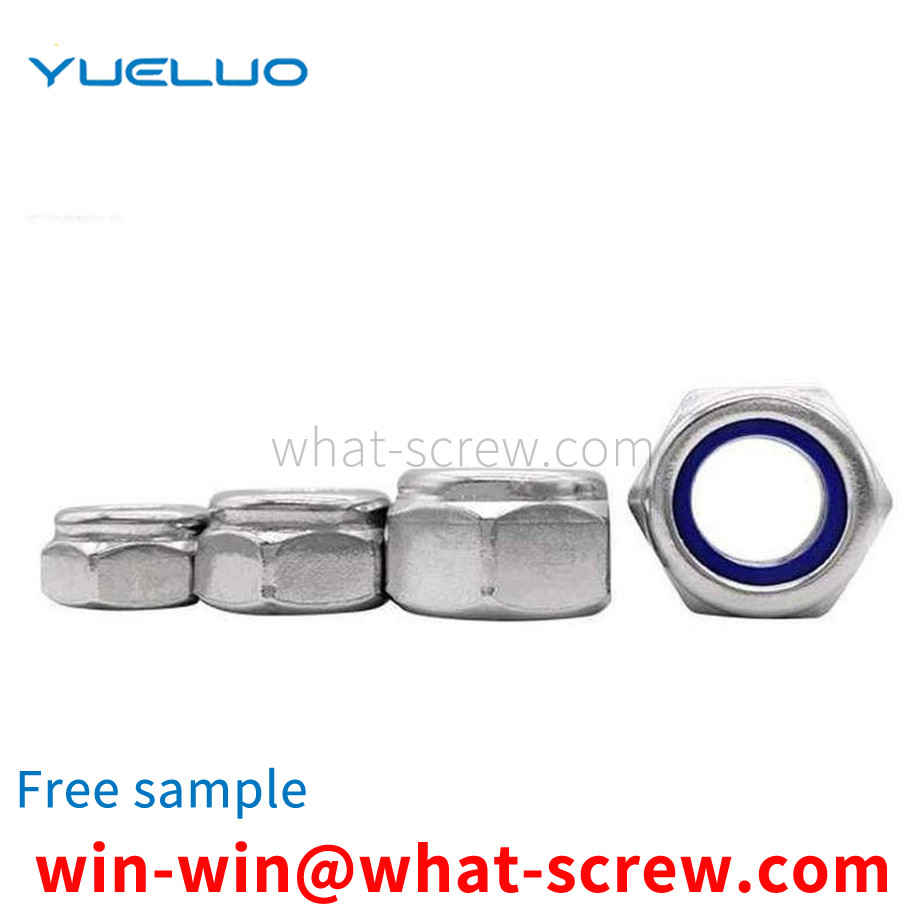The conventional auger bit structure 1 includes a rod body 11, a screw head 12 provided on one end of the rod body 11, a drill tail 13 provided on the other end of the rod body 11, and a plurality of threads 14 arranged around the rod body 11; Wherein, the periphery of the drill tail 13 defines a parting line 15, and the parting line 15 makes the drill tail 13 symmetrically divided into a side 131 and a side 132, and a cutting end 133 is formed at the junction of the end of the side 131 and the end of the side 132, respectively. The cutting end 133 is concavely provided with a quarter-turn chip flute 134 in the same direction of the helix, and the edge 132 continues the chip flute 134 and has a quarter-turn chip flute 135 with different helical curvatures. , using the chip groove 134 and the chip groove 135 to be connected by different helical curvatures, so that the drill tail 13 can form a symmetrical and complete chip groove of 190 degrees.
The existing combination screws and accessories are individually processed and then handed over to the customer for assembly. This method is prone to assembly problems, and the combination screws and accessories need to be marked with identification marks, which increases the production cost.
Guangdong Yueluo Hardware Industry Co., Ltd. relates to a connecting piece, especially a wood screw used for fixing on non-rigid materials such as wood or plastic. Guangdong Yueluo Hardware Industry Co., Ltd. has a threaded part with a taper angle and a screw head. The head of the screw can be countersunk, hemispherical, or other shapes. As for the grooves for screwing, the grooves can be straight-line grooves, concave cross grooves, or grooves of other shapes.
When using screws, if you can understand the mechanical properties of screws first, then you can use screws better. Different types of screws have different mechanical properties, and the different mechanical properties lead to different occasions when screws are used. 1. Self-tapping screws: mechanical performance requirements 1. Heart hardness: standard value HRC28-38. When testing, take the section 1-2 times the diameter of the name from the tail. If the length of the name is too short, it can be embedded first, and then the hardness is measured. 2. Surface hardness: standard MIN HV450. 3. Carburized layer: standard 4#-6#: 0.05-0.18mm, 8#-12#: 0.10-0.23 mm, 14#: 0.13-0.28 mm. The main purpose of carburizing is to enhance the surface hardness and ensure the strength of the teeth. If the decarburization is too deep and the carburization is insufficient, the strength of the teeth will not meet the requirements, that is, the teeth will be damaged during the screw-in test. 4. Torque: standard specification 4#5#6#7#8#10#12#14#A tooth 14212835455696145AB tooth 142128354565102165. 5. Screw-in test: screw the self-tapping screw into a steel plate with a reserved test hole. The self-tapping screw should form a matching thread in the test plate, and the thread of the screw itself will not be deformed or damaged until the end. Tapered threads pass completely through the test plate. The screw-in test is only applicable to AB, B, BP and other types of self-tapping screws. It is stipulated in IFI that the test plate shall be prepared from semi-hard low-carbon cold-rolled steel, and the hardness of the steel plate is 70–85HRB in Rockwell. The standard specification of the steel plate, that is, the thickness, is shown in the table below. The test hole should be punched or drilled, and the tolerance is the specified nominal diameter (see the table below) ± 0.025mm. Specifications 6#7#8#10#12#1/4 Test plate thickness (mm) 1.85-1.953.12-3.234.68-4.84 Aperture (mm) ±0.0252.953.263.454.044.765.50.
Therefore, how to provide a socket nut, a fastener and an installation method thereof that are more firmly connected and can be applied to thin-walled profiles is a technical problem to be solved by those skilled in the art.
We have many years of experience in the production and sales of screws, nuts, flat washers, etc. The main products are: all stainless steel rivets, carbon steel 4.8 cap nuts, three wave peak washers, GR2 titanium bolts and other products, we can provide you with suitable tightening Firmware Solutions.



















 Service Hotline
Service Hotline




